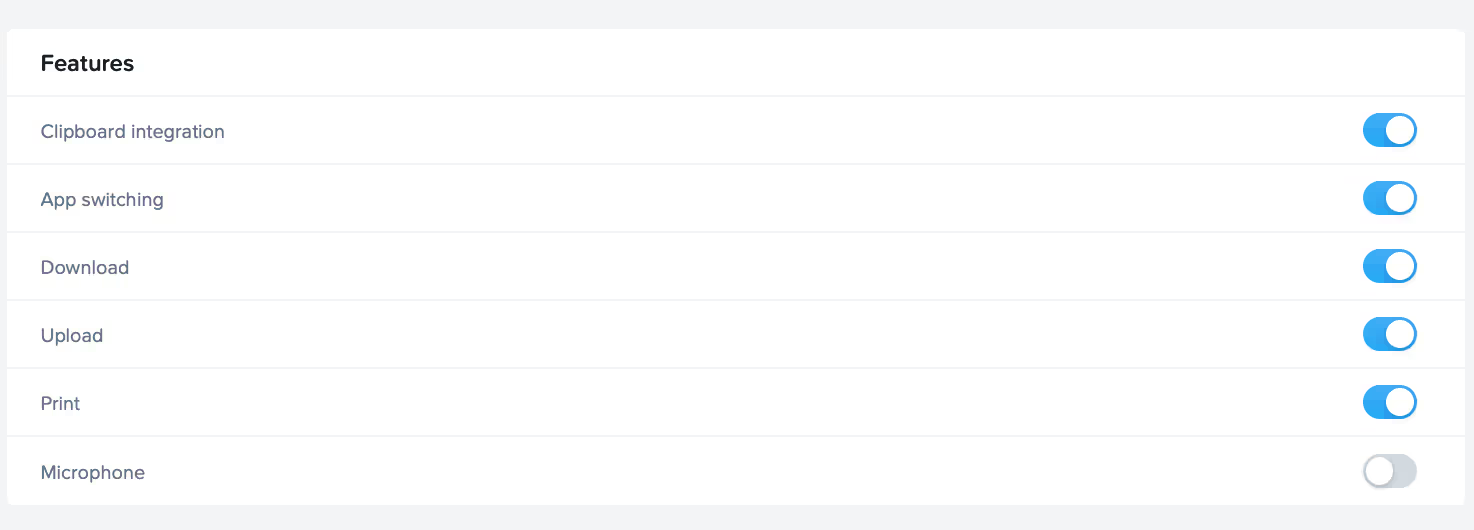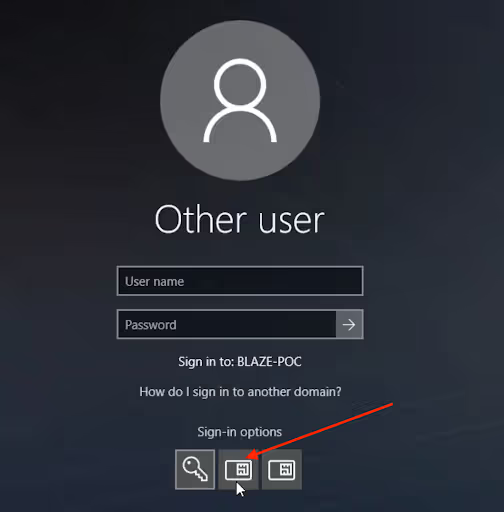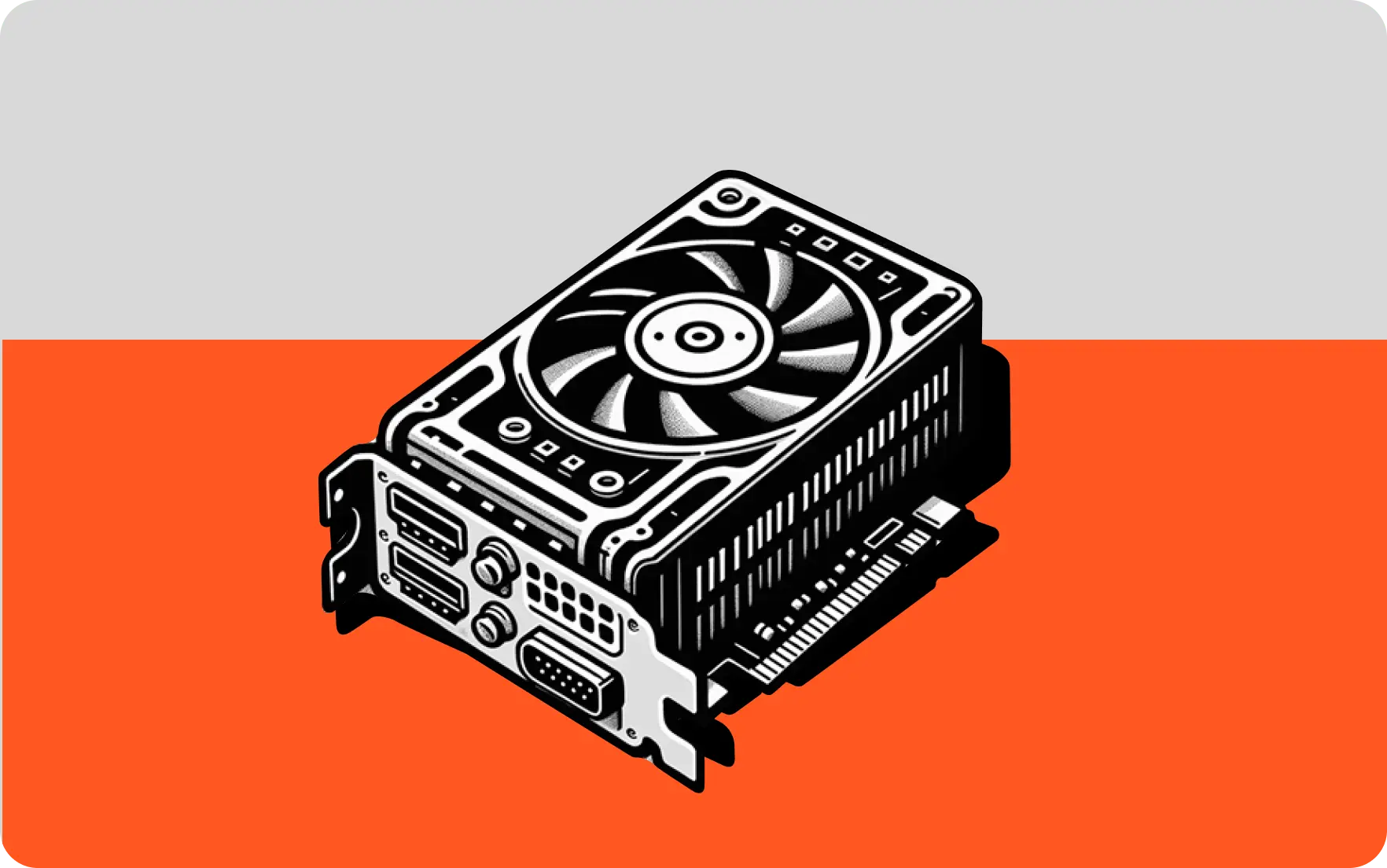WRITTEN BY
TABLE OF CONTENT
I often get asked about what peripherals we support with Frame. So I've put together this blog to update you on the latest supported devices. For the nerdy readers, I'll also describe the innovative approach we've taken to addressing specific use cases like printing or file transfers with virtual desktops. Note that you can also reference this link to the the Frame docs for the most current list as we expand our peripheral support over time.
First off, here's a list of all the currently supported peripheral devices that you can use with Frame.

For a current and updated list, please refer to Frame product documentation.
Now, let's talk about a few examples of how we've supported and integrated some of these devices:
- USB Storage Device: You can simply drag-and-drop files from anywhere on your local device (including the USB storage device) into your Frame terminal window. Frame will automatically upload these files to the Uploads folder within the Windows Explorer in your Frame session. Similarly, if you wish to save a file locally on your device from Frame, then simply drag-and-drop the desired file into the Downloads Now folder within Windows Explorer in the Frame session. Frame will then automatically prompt you to save the file locally on the device, including on your USB storage device.
- For data security concerns, if you wish to limit the Upload or Download capability, it can be easily managed as a policy from Frame's control panel. (See an easter egg at the end of the blog)

Printers: When you use print functionality in Frame, you will be prompted to print using the Frame Printer. When the print job is initiated, Frame will automatically convert the desired document to a PDF, stream the PDF to your device, and present the local/network printers that are configured on it. You would select the desired printer and click Print. Now, the document is automatically sent to the printer directly from your device. More details on this can be found in the product docs.
The policy based management (as seen in the above screenshot) gives you complete control over enabling or disabling Print capability for virtual desktop sessions.
Common Access Card (CAC): Frame now allows you to easily use CAC through its native desktop application in Windows environments. You need to plug-in the external USB CAC reader to your computer and the Frame app will automatically recognize it.
To make sure that the reader has been recognized, you can check for the Smart Card icon on the bottom right corner in the status bar. When you insert a CAC in the reader, the Smart Card icon will show that the card is inserted.

You can now login to your desktop session while the card remains inserted by choosing CAC from the Sign-in options.

Easter Egg: Directional control of clipboard capability for virtual desktops
With a recent update, you now get more control over the direction in which you can allow copy and paste for the virtual desktops. Similar to how you can control the Upload and Download of files and directories, now the clipboard feature also has policy-based controls.

To summarize, Frame remoting technology integrates with a variety of peripheral devices with easy to set, fine grained usage controls. The list keeps growing as we continue to innovate with the goal of covering more and more customer uses cases. If you have a device which is not listed above and need it for your virtual desktops through Frame, please reach out to your local Nutanix rep or Frame specialist.
If you're new to Frame and want to try it out, you can get a free 30-day trial by signing up at My Nutanix.




